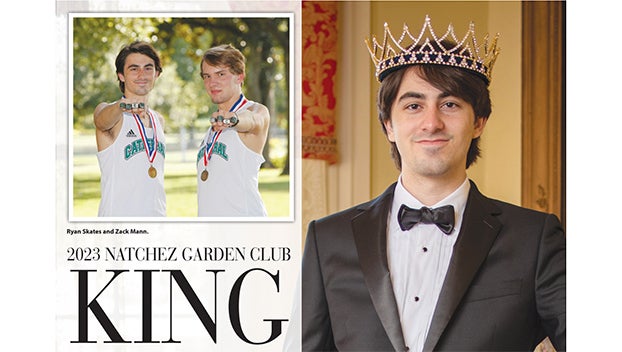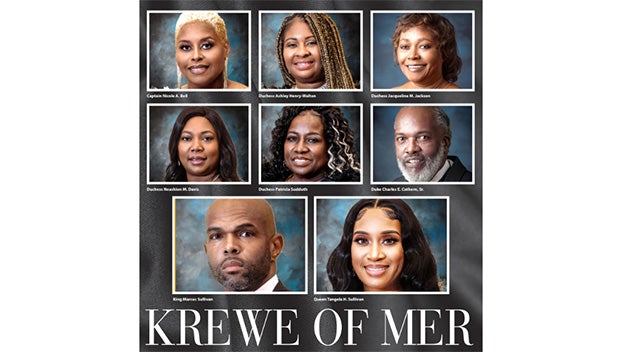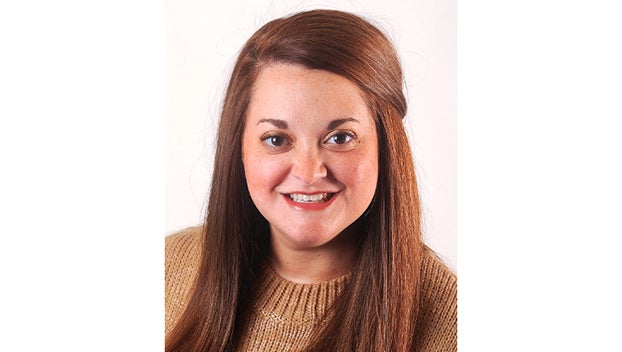Want brilliant color from your flowering bulbs? Start planning now
Published 12:01 am Sunday, September 1, 2013
Daffodils, crocuses, irises and tulips are all bulbs that will add brilliant color to your landscape next spring with a little planning now.
The best time to plant spring flowering bulbs is when the soil temperature is 40 to 45 degrees — in our area that generally occurs after Thanksgiving. The plants will establish a good root system to support foliage and flower growth during the winter. Some bulbs are true bulbs, while corms, tubers and rhizomes are also commonly referred to as bulbs.
When selecting bulbs, remember that larger bulbs produce larger flowers. Bulbs look best when planted in groups of at least 12. Also consider the height of the bulbs and try to visualize what surrounding plants will look like at the time the bulbs bloom. This will help you make the best selections. Burpee.com, bulbsdirect.com and southernbulbs.com are all good sources for bulbs. Following is a list of spring flowering bulbs that perform well in our area.
Daffodils are one of our most popular bulbs. They do well in sun or light shade. Consider planting them in a naturalized environment by randomly scattering in clumps at the edges of woodlands or beneath canopies of deciduous trees. They will finish blooming before the trees leaf out in the spring.
Crocuses may bloom in the fall and mid-winter in addition to spring. They should be planted in full sun.
Louisiana iris is one of the most popular irises in the world. It is easy to grow and is distinct for providing a wide variety of color. It thrives in ditches and along the edges of ponds but will perform well in garden beds that stay moist. Keep a heavy layer of mulch in iris beds. Louisiana iris grows 2-3 feet high so it makes a good background plant with lower growing flowering plants in front.
Tulips are generally treated as annuals in most of Mississippi. Unlike the other bulbs mentioned, tulips require a cold rest period between growing seasons. Therefore, it is best to dig them up after the foliage dies and refrigerate them before planting in the fall. If you are willing to do this, you will be rewarded in the spring with beautiful, large flowers.
When it comes to planting bulbs, follow these basic tips. Plant in well-drained soil. Plant in holes that are about 2 1/2 times as deep as the diameter of the bulb. Plant the bulb with the wide side down and the pointed side up. Add one teaspoon of bone meal to the bottom of the hole, about an inch below the bulb. Bone meal will increase the phosphorous content of the soil, which is important for proper root and flower development. If the bulb has roots, make a small ridge of soil in the hole and place the bulb on the ridge so that the roots are pointing down. Thoroughly water after planting to initiate root growth.
Once planted, bulbs are fairly easy for which to care. Remove foliage when it turns brown. As long as the foliage is green, the bulb is taking in energy for the next growing season. Gently tug on the foliage after it turns brown, if it is ready to be removed it will be easy to pull. When the bulbs begin to show a decrease in blooms, it is time to divide them. Always divide bulbs when they are not actively growing. Simply dig the bulbs up, gently pull the outer bulbs away from the clump and replant the individual bulbs.
These books are suggested.
• Garden Bulbs for the South by Scott Ogden
• Heirloom Bulbs by Chris Wiesinger and Cherie Foster Colburn
• The Bulb Hunter by Chris Wiesinger and Dr. William C. Welch
Chris Wiesinger will be speaking at 1:30 p.m. Sept. 21 at Jefferson Street United Methodist Church in Natchez. The lecture is sponsored by Adams County Master Gardeners and is free and open to the public.
Karen O’Neal is an Adams County Master Gardener.





